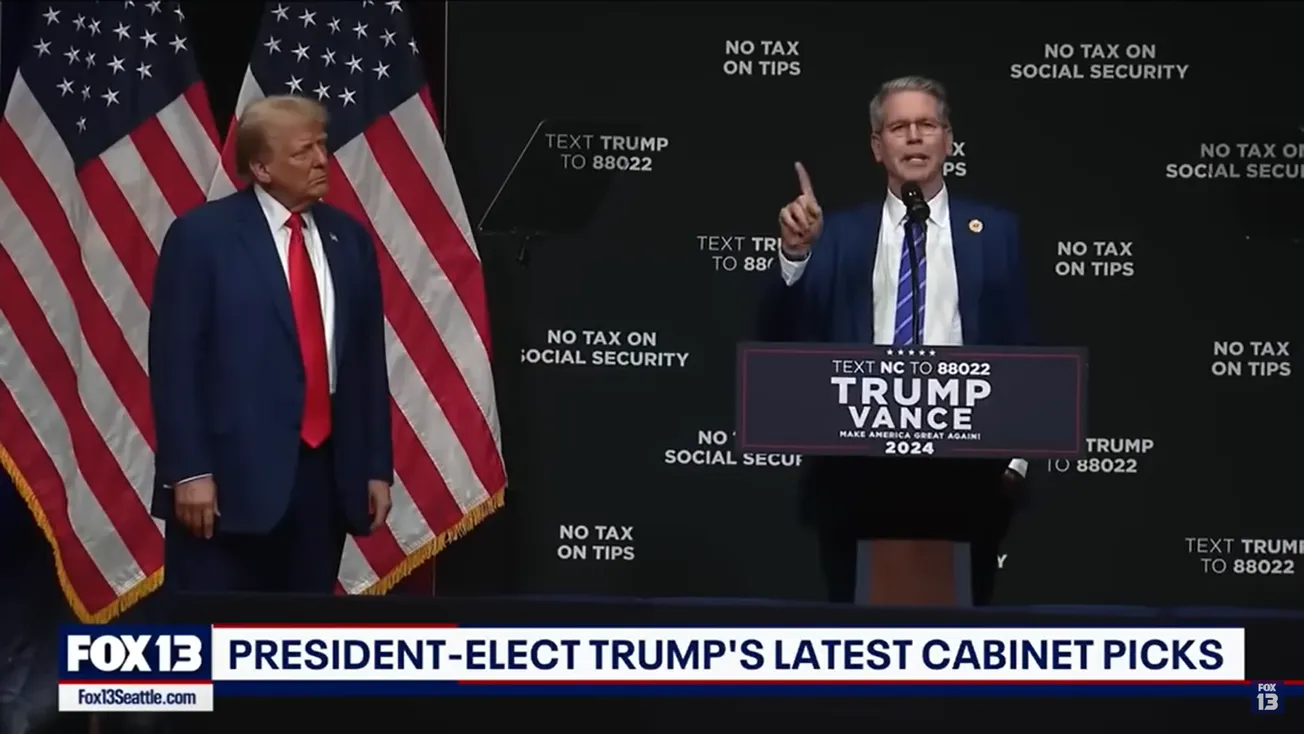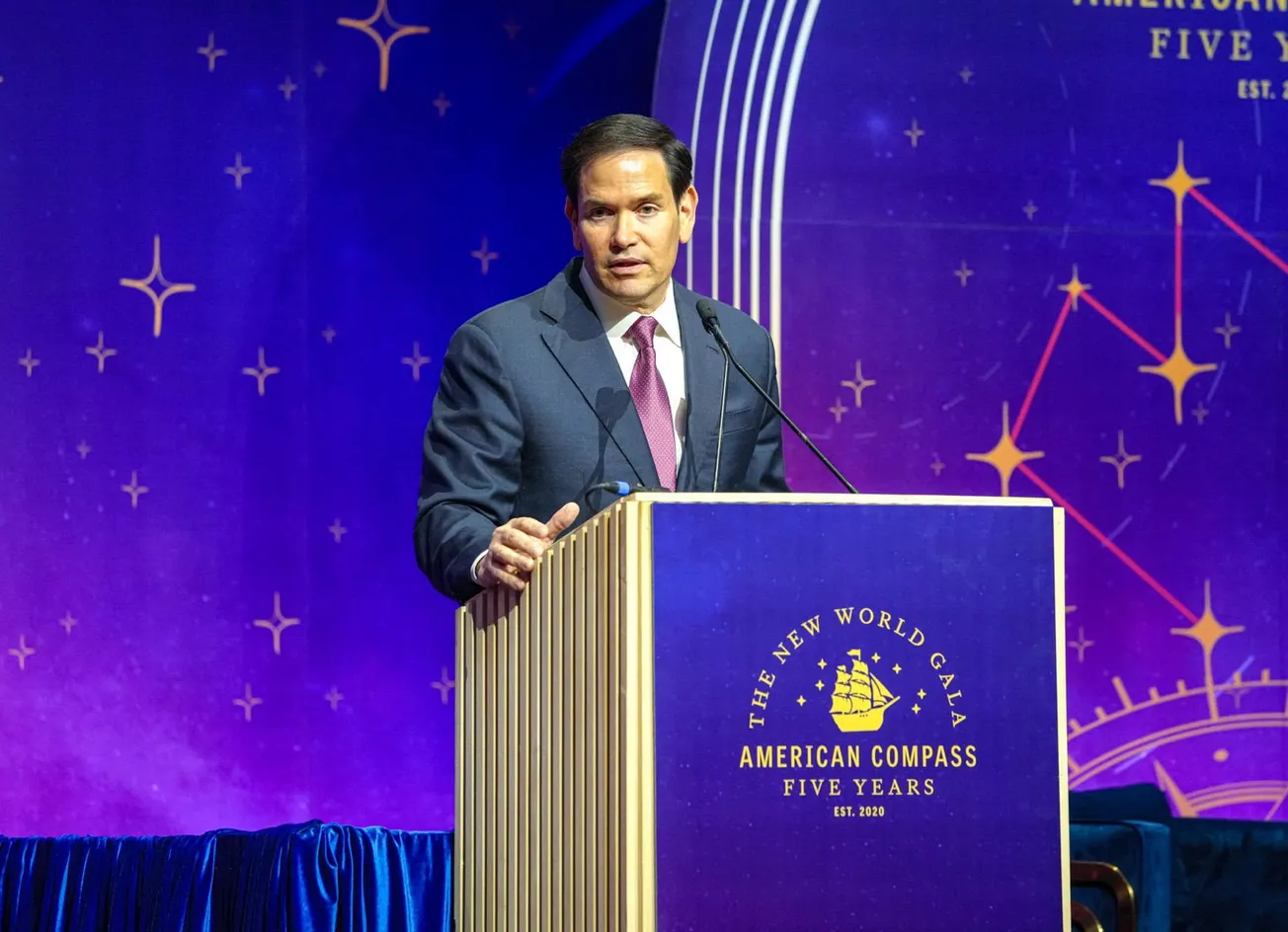OK, young people, here’s how to spot old-fashioned false information.
The Dec. 2 November employment report ("Non-Farm Payrolls") from the Labor Department marked the eighth consecutive month of robust “jobs growth” (263,000 this month) in its urgently watched Establishment Survey, combined with no, or negative growth in the number of employed Americans, in its unnoticed Household Survey. This can hardly any longer be called incidental: Over the eight months beginning April 2022, the former has grown by 2.7 million “jobs” in total; the latter has grown by a total of just 12,000 employed Americans. The labor force participation rate of the American workforce, in correspondence with the unnoticed Household Survey, is at 62.1% three-tenths of a percent lower than in April.
Clearly a myriad of “seasonal and statistical adjustments” are being used to create reports of hundreds of thousands of new jobs every month, without any more people working. It fools the stock markets every time, on the assumption that it will fool the Federal Reserve into making the next rate increase larger. The Fed has access to other data and is likely not fooled by this repeated show.
For example, commenting on the U.S. Purchasing Managers’ Index data of Nov. 27, Chris Williamson, Chief Business Economist at S&P Global Market Intelligence said: “Business conditions across the U.S. worsened in November, … with output and demand falling at increased rates, consistent with the economy contracting at an annualized rate of 1%.… November even saw increasing numbers of suppliers, factories and service providers offering discounts to help boost flagging sales. Hiring has also slowed to a crawl so far in the fourth quarter as firms focus on reducing costs. In this environment, inflationary pressures should continue to cool in the months ahead, potentially markedly, but the economy meanwhile continues to head deeper into a likely recession.”
And this was before the Chicago Purchasing Managers’ Index for Manufacturing was issued Nov. 30 at just 37.2, where figures below 50 indicate economic contraction.







